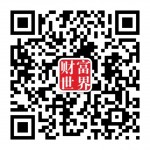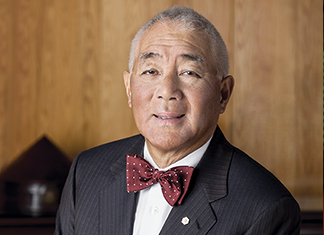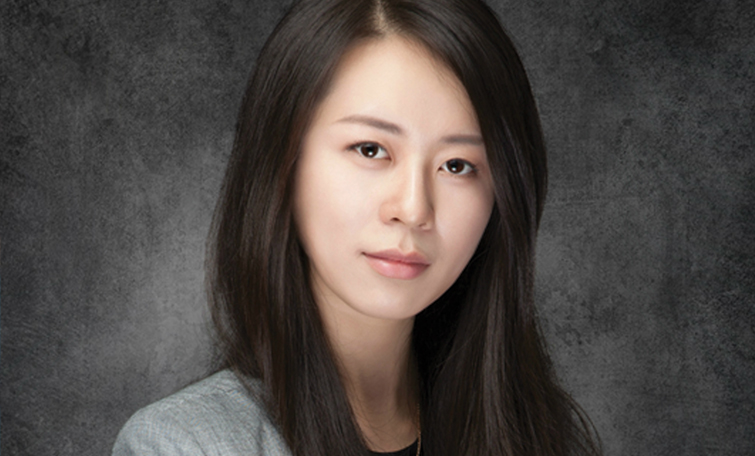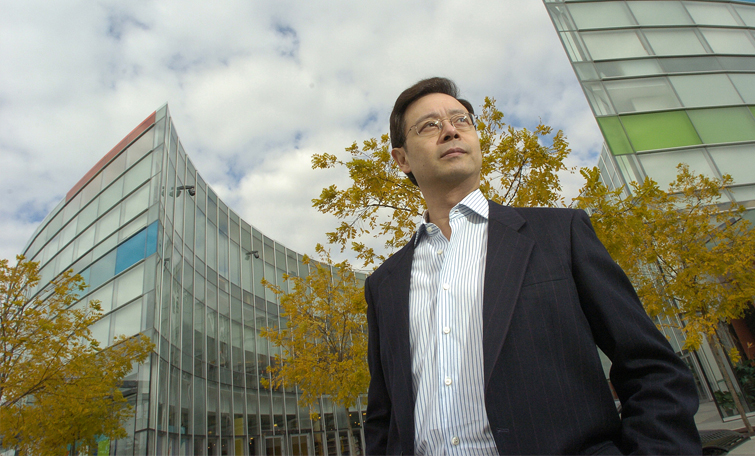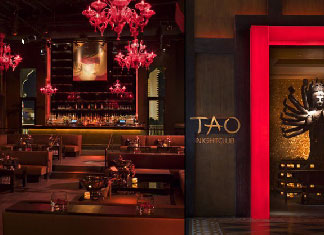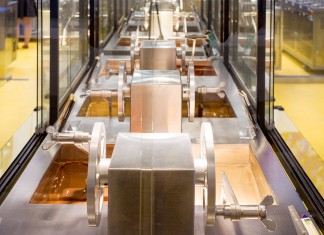Pearson Shedding FT Group, focused on Education
- Caifu Magazine | by Blake Friesen
- EN
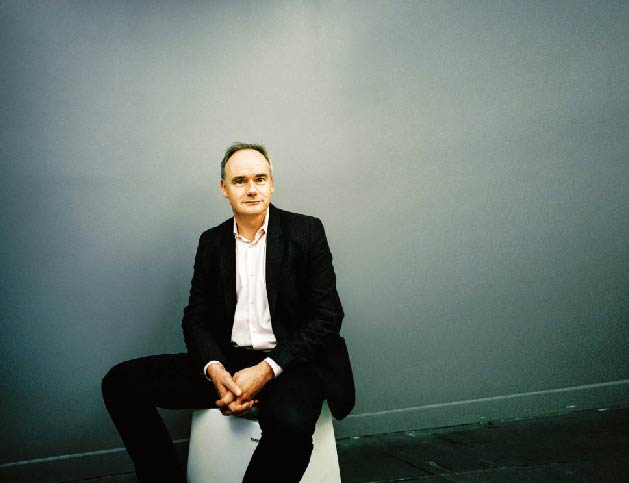
Pearson PLC, the multibillion-dollar education company in London, England, is selling trophy assets as it focuses on increasing its dominant position in the education industry. John Fallon, who became the company’s chief executive officer in 2013 after years of building its education business overseas, is overseeing Pearson’s steady transformation. The company anticipates massive growth in the educational digital frontier -- in 2014, for example, 11 million students in the U.S. took the company’s tests on mobile phones, tablets or laptops.
Part of Pearson’s transformation means the departure of select brand names that do not quite fit the Fallon business mold. The company recently announced the sale of its profitable FT Group, which includes the Financial Times newspaper, to a Japanese publisher, Nikkei Inc., for a hefty US$1.32-billion. The sale comes after nearly 60 years of ownership. Even just a few years ago this transaction would have been unthinkable. Mr. Fallon succeeded Marjorie Scardino, who announced her resignation as CEO in 2012. During her 16-year reign, she made the well-documented statement that she would sell the FT Group “over my dead body.”
Nikkei’s outlandish bid makes for an easy sale
For Mr. Fallon, who has no attachment to the assets held under the FT Group, the sale is simply good business with a buyer that the Financial Times already knows. The two have a working relationship that involves publishing articles in each other’s papers. When Nikkei came in with its over-the-top bid, it must have been an easy decision for Pearson to let this prized asset go. In 2014, the FT Group earned an adjusted operating profit of nearly US$37.5-million on revenue of US$521-million. The US$1.32-billion price comes in at more than 35 times the adjusted earnings, providing Pearson with an enviable premium. The deal, subject to regulatory approval, should close by the end of 2015.
Nikkei also requested that the deal include the FT Group’s 33 per cent interest in Vedomosti, a well-known Russian business newspaper. Surprisingly, Pearson gets to keep its pricey London property, One Southwark Bridge, which houses the Financial Times newspaper, as well as its 50 per cent interest in the Economist Group. Both assets, held under the FT Group subsidiary, will be transferred to another entity in Pearson’s (financial) books. Mr. Fallon said of the transaction: “We’ve reached an inflection point in media, driven by explosive growth of mobile and social. In this new environment, the best way to ensure the FT’s journalistic and commercial success is for it to be part of a global, digital news company.” That statement outlines where Mr. Fallon’s priorities are at the moment.
Pearson’s core business The FT Group, while a trophy asset, represents a small portion of Pearson’s profits. In 2014, the world’s largest education company had sales of US$7.6-billion and a profit of US$621-million. The company, incorporated in England in 1897, has a cushy headquarters in London but it does most of its business -- nearly 60 per cent -- in the U.S. Another 20 per cent of the company’s sales are from Europe, with the rest from emerging markets.
The FT Group, while a trophy asset, represents a small portion of Pearson’s profits. In 2014, the world’s largest education company had sales of US$7.6-billion and a profit of US$621-million. The company, incorporated in England in 1897, has a cushy headquarters in London but it does most of its business -- nearly 60 per cent -- in the U.S. Another 20 per cent of the company’s sales are from Europe, with the rest from emerging markets.
When it comes to Pearson products, chances are if you live in North America you have come across many of them. Pearson’s prints are all over everything. It provides test development, processing and scoring services for governments, educational institutions, corporations and professional bodies. It also publishes textbooks and other curriculum material, and designs incredibly popular educational software for schools. Nearly 50 per cent of all schools in the U.S. use one of Pearson’s apps, whether it be enVisionMATH, Miller-Levine Biology or one of its many other titles.
Pearson is also responsible for grading large-scale school examinations for the U.S. federal government and more than 25 states (provincial governments). It counts billions of machine-scored test questions and evaluates more than 111 million essays, portfolios and open-ended test questions each year.
Meanwhile, Pearson owns English language schools in China and Brazil, and has partnerships with schools in India, Saudi Arabia, Africa and elswhere, reaching more than 35 million students a year. The company’s brands include Wall Street English, ELT and Pearson English Business Solutions.
What comes next for this educational juggernaut?
When Mr. Fallon took over Pearson in early 2013, he came up with a plan to spend big on restructuring the company over two years in an effort to save hundreds of millions of dollars over the long term. That meant spending over US$200-million on restructuring costs in 2013. The company cut roughly 4,000 jobs and added 1,800 others, focusing on digital products. Sales and their accompanying profit were down in 2014, but only slightly, and shareholders were consoled with a dividend increase. In fact, Pearson has increased its dividend every year over the past five years, with investors currently earning an annual return of slightly over 5.5 per cent.
Not long after the sale of the Financial Times newspaper to Nikkei, Pearson issued a statement confirming “it is in discussions with the Economist Group board and trustees regarding the potential sale of our 50 per cent share in the group.”
The remaining interest in the Economist Group is held by wealthy European families, including the Rothschilds and the Schroders, as well as the Agnelli family -- better known for controlling Fiat -- and the Cadbury family. The preliminary discussions Pearson is holding with the Economist Group board and trustees does not mean there will be a sale. After all, the Economist Group has a complex ruling structure that would frustrate, if not deter entirely, many potential suitors.
The reason Bloomberg, Thomson-Reuters and many other well-known news companies are unlikely to entertain an interest in acquiring Pearson’s 50 per cent interest in the Economist Group is because they would exercise zero control over the editor. You see, Pearson’s ownership entails entitlement to six of the Economist Group’s 13 board seats. So if the buyer is a new party, there will be no change of control. Of course, even if a single shareholder were to occupy seven board seats, the Economist Group has another barrier in place to thwart a shareholder’s direction over editorial content. There is a separate group of four trustees, including the Baroness Bottomley of Nettlestone, which exists for the sole purpose of guaranteeing editorial independence. Any transfer of shares requires the approval of this separate group. As well, these trustees must approve the appointment of the Economist Group’s chairman and editor. These types of bureaucratic woes make it more difficult to find a suitor willing to pay a significant premium, despite the fact that the Economist is profitable and has been increasing its circulation over the past few years. So far this year, the Economist has a global print and digital circulation of 1.6 million.
Of course, even if a single shareholder were to occupy seven board seats, the Economist Group has another barrier in place to thwart a shareholder’s direction over editorial content. There is a separate group of four trustees, including the Baroness Bottomley of Nettlestone, which exists for the sole purpose of guaranteeing editorial independence. Any transfer of shares requires the approval of this separate group. As well, these trustees must approve the appointment of the Economist Group’s chairman and editor. These types of bureaucratic woes make it more difficult to find a suitor willing to pay a significant premium, despite the fact that the Economist is profitable and has been increasing its circulation over the past few years. So far this year, the Economist has a global print and digital circulation of 1.6 million.
Another potential asset for sale is Pearson’s 47 per cent interest in Penguin Random House LLC, a company formed in July, 2013, after Pearson and Bertelsmann SE combined their consumer publishing businesses to gain clout in negotiations with on-line and brick-and-mortar retail stores. According to a shareholder agreement, Pearson can begin selling its holdings in Penguin Random House LLC starting in October, 2015. With Mr. Fallon recently reiterating that Pearson is 100 per cent focused on education, the next chapter in the short history of the popular print publisher Penguin Random House LLC might begin with Bertelsmann as its sole owner.



